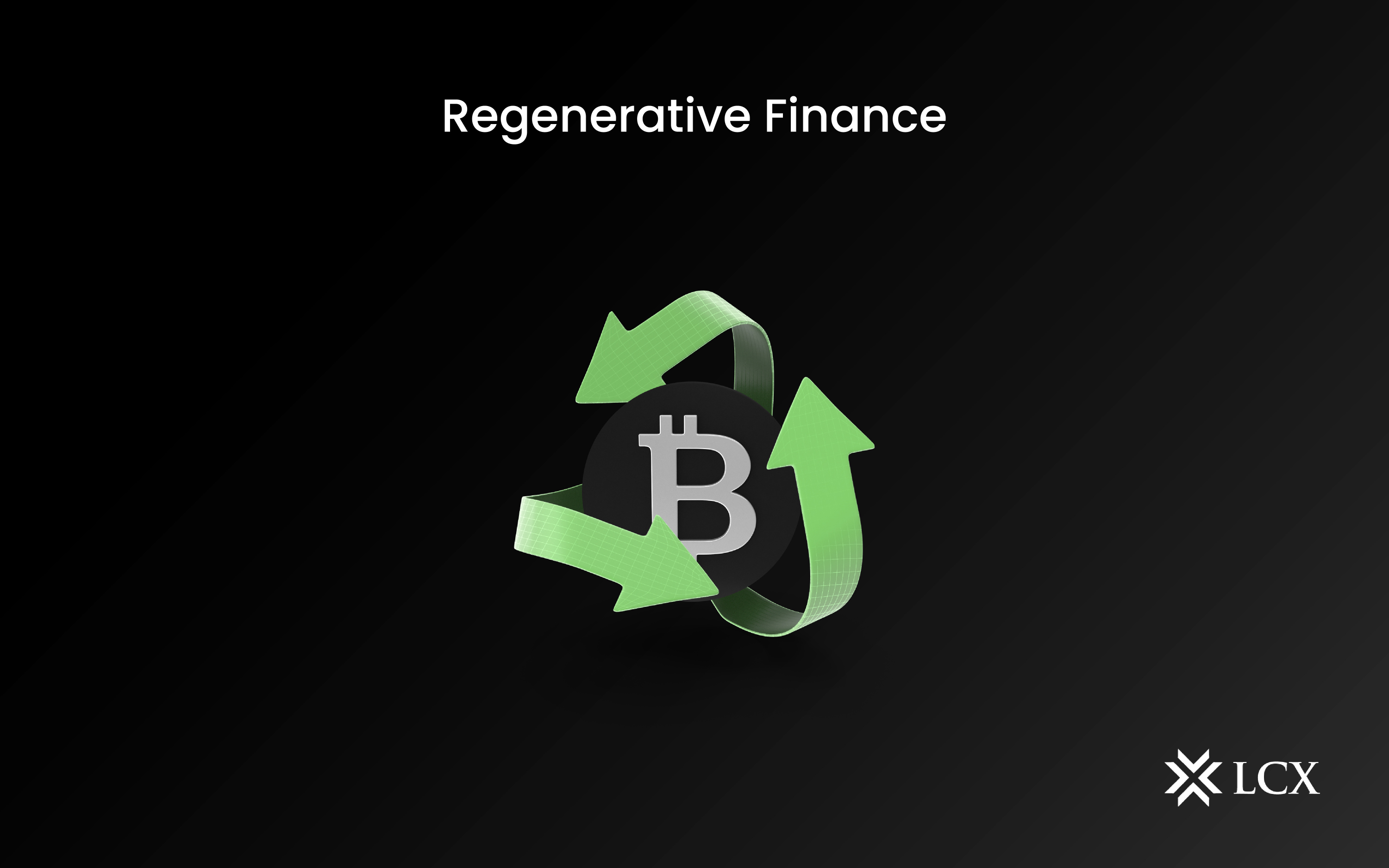Cryptocurrency has been making waves in the financial world for over a decade now. From its early days as a niche technology for tech enthusiasts, cryptocurrency has now become a mainstream financial asset that is widely adopted by investors, businesses, and individuals. However, as the crypto market continues to grow and mature, it is high time that we also consider the environmental impact of this rapidly expanding industry. Fortunately for us, there is now a new concept in the crypto world that holds great promise for creating a more sustainable future – regenerative finance.
Regenerative Finance: An Introduction
Regenerative finance is a new financial paradigm that seeks to build a financial system that is in harmony with the natural world, rather than just exploiting and depleting it. It is based on the idea that finance should work in a way that supports the health and well-being of the planet and its people. This is achieved by investing more in projects that generate positive social and environmental outcomes and avoiding investments that harm the planet or its inhabitants. The aim is to create and promote a sustainable and resilient economy by endorsing economic, social, and environmental well-being. This will lead to a transition from a linear extractive economy to a circular regenerative economy that prioritizes people and the planet over profits.
But apart from social and environmental welfare, regenerative finance is crucial for the overall financial welfare of the people as well. ReFi enables users to redefine their relationship with finance and can offer possible alternatives to the current extractive and exploitative operations of the financial systems. These extractive systems are no longer working for the benefit of the masses, and ReFi instead offers users equitable accessibility and distribution.
How ReFi Can Provide Sustainability To Crypto
The crypto industry has faced criticism in recent years for its high energy consumption, which has raised concerns about its impact on the environment. The energy consumption of the crypto industry has been estimated to be greater than that of entire countries, and it is projected to continue growing at an exponential rate. This is a crypto investment that prioritizes sustainability and environmental protection. By investing in projects that promote sustainable practices and reduce the industry’s carbon footprint, regenerative finance can help the crypto industry become a more responsible and environmentally-friendly player in the financial world.
Regenerative finance in crypto works in much the same way as traditional finance, but with a focus on sustainability and environmental protection. Investors can choose to invest in crypto assets that are focused on regenerative finance, or they can choose to support projects that align with their values and contribute to a more sustainable future.
One example of a regenerative finance project in the crypto industry is the use of blockchain technology to create a new type of carbon credit. Carbon credits are used to offset the emissions generated by businesses and individuals, and they provide a financial incentive for companies to reduce their carbon footprint. By using blockchain technology, the carbon credits can be securely tracked and traded, allowing investors to support the transition to a low-carbon economy.
Another example of regenerative finance in crypto is the use of decentralized finance (DeFi) platforms to support sustainable projects. DeFi platforms allow investors to lend or borrow funds, trade assets, and earn interest on their investments without the need for intermediaries. By using DeFi platforms, investors can support sustainable projects that are focused on reducing carbon emissions, promoting clean energy, and protecting the environment.
In Conclusion
Regenerative finance offers a way to think about economics by connecting financial activity in tandem with regenerating the world’s natural resources, making the environment a key stakeholder within the global economic system. Regenerative finance in the context of crypto focuses on supporting projects that benefit the planet Earth, our largest invisible stakeholder. It is the concept of how to create a scalable, permissionless, and middle-man-free flow of capital and regenerate the Earth simultaneously. serious issue that cannot be ignored, and it is essential that the crypto industry take steps to address it.









